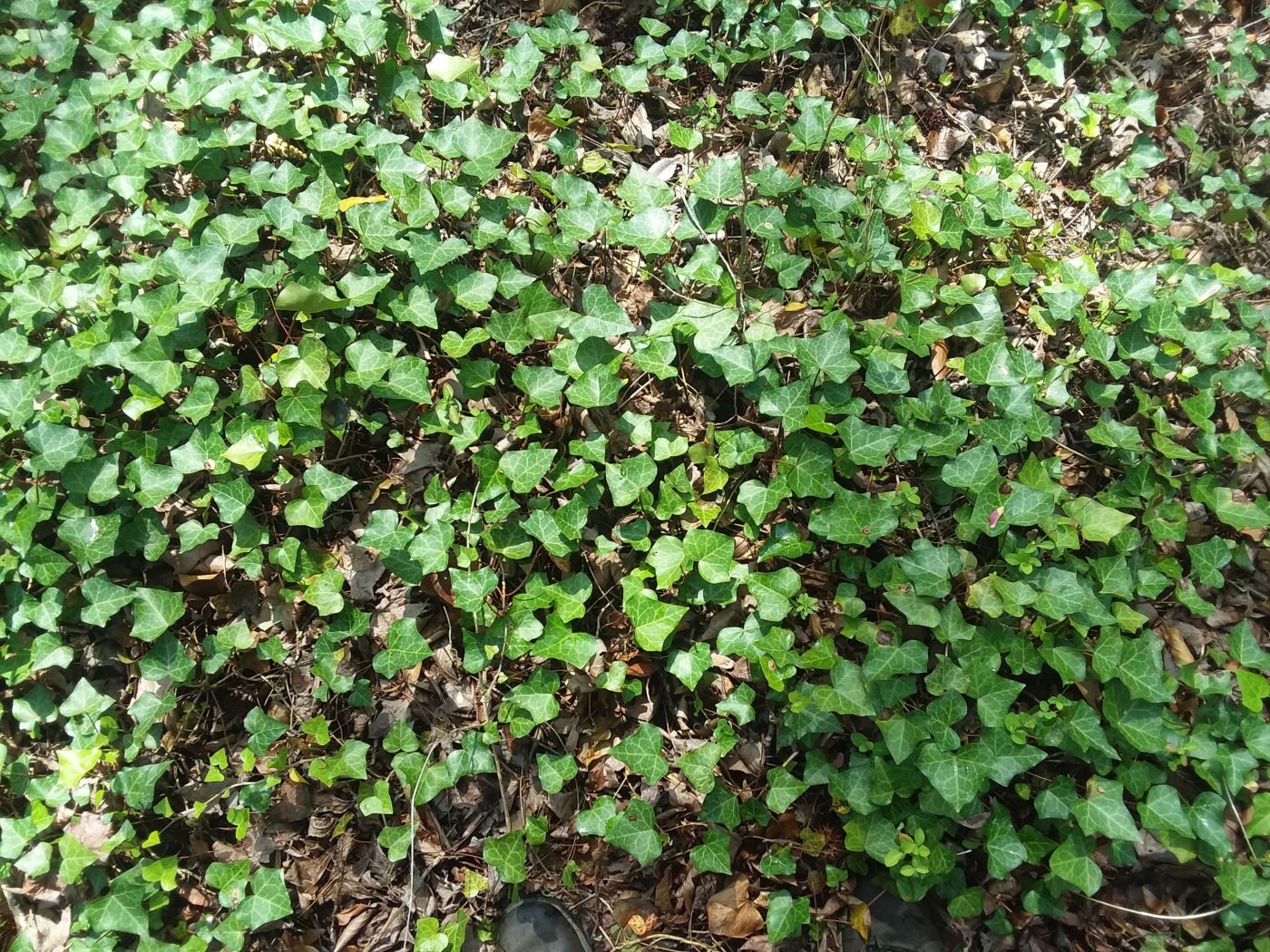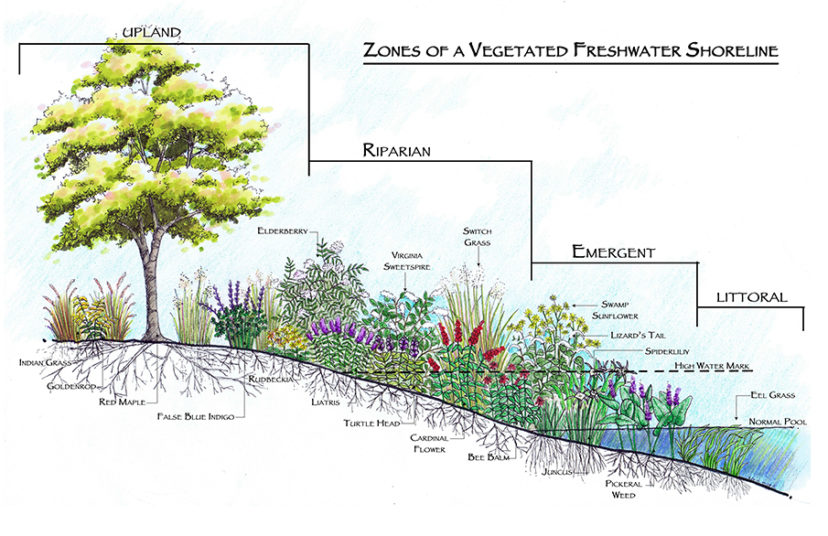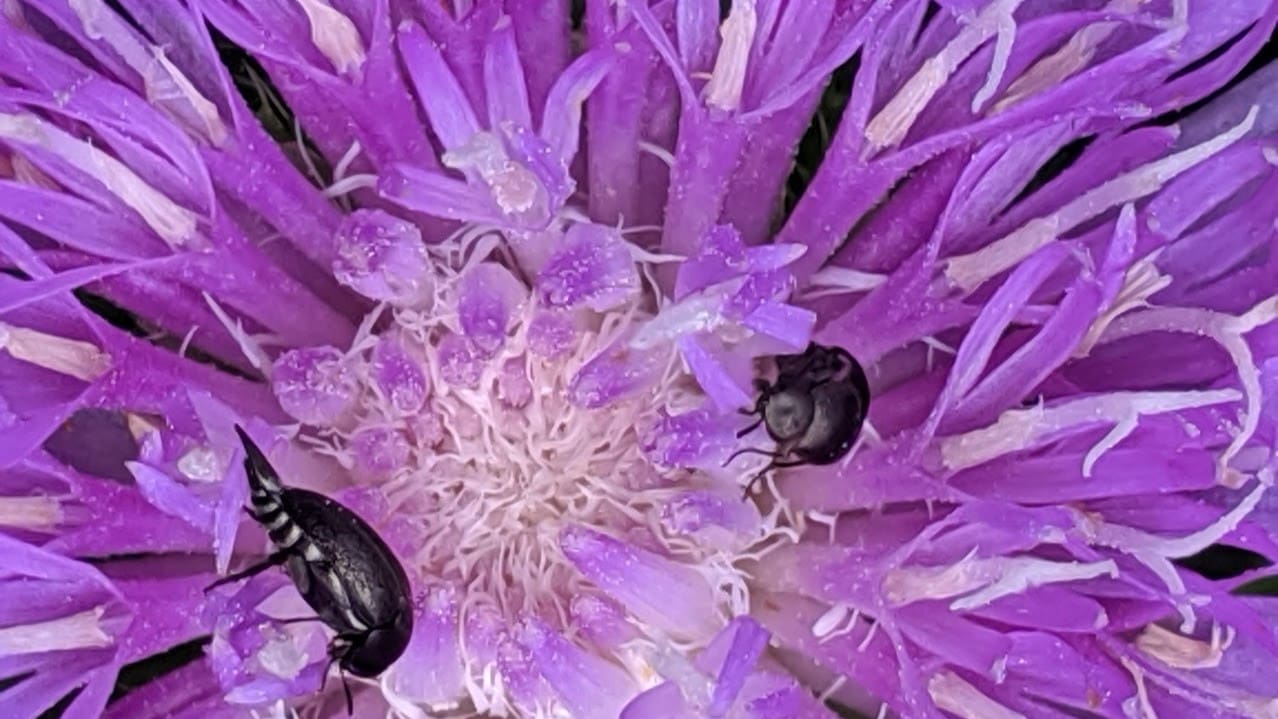by Special Contributor Matthew Thomas
Quick: What first comes to mind when I say “English Ivy”?
For some folks it’s the Groves of Academe, like Harvard Yard or “The Quad” at Yale, storied ivy-covered walls brimming over with history, erudition, and romance.
But if you’re like me (and I know you are), you envision an old-growth hardwood forest overrun, a neighbor’s lawn smothered, and too-many-to-name native species choked to death by the menacing, all-encompassing vine.
 Among my favorite gardening activities, I rank removing invasives as second-only to planting natives. Unfortunately, these days I have far more of the former than the latter to keep me busy. And English Ivy (Hedera helix) has become my personal favorite plant to hate. (Which, considering Kudzu and Thorny Olive — on which, more later— is saying quite a lot!)
Among my favorite gardening activities, I rank removing invasives as second-only to planting natives. Unfortunately, these days I have far more of the former than the latter to keep me busy. And English Ivy (Hedera helix) has become my personal favorite plant to hate. (Which, considering Kudzu and Thorny Olive — on which, more later— is saying quite a lot!)
Introduced to the Colonies around 1727, the “rapid-growing” and “low-maintenance” (read “aggressive”) English Ivy was advertised as the perfect ground cover. And, if by “perfect” one means, “smothers everything in its path,” the vine certainly knows few equals.
 These days, it seems like it’s growing just about everywhere you look. I’ve seen it climbing solitary trees in the middle of fields, growing in the wild places where I explore and hike, and of course overtaking vacant properties, small and large alike.
These days, it seems like it’s growing just about everywhere you look. I’ve seen it climbing solitary trees in the middle of fields, growing in the wild places where I explore and hike, and of course overtaking vacant properties, small and large alike.
It’s a hardy plant, capable of surviving and thriving just about anywhere, from the mountains to the Sandhills to the Coastal Plains. It can not only withstand cold temperatures, it has even been known, if conditions are right, to continue to grow (albeit at a slower rate) during the coldest months, climbing bare and dormant deciduous trees, and killing them by Springtime.
As it establishes itself onto a woody plant, it traps moisture and inhibits the host’s ability to photosynthesize, causing a variety of issues including leaf spots, sooty mold, bacterial leaf spot, Anthracnose fungus, and root and stem rot. The beleaguered and weakened host plant is susceptible not only to death, but also to felling, due to the massive added weight of the vine itself.
 It’s not just on the ground or scaling trees where Hedera helix wreaks its havoc. As it wends its way over buildings and other structures, it traps moisture against walls and roofs, and works its tough roots into bricks and mortar, causing a myriad of structural problems as well as permanent damage to painted surfaces, stucco, and even vinyl.
It’s not just on the ground or scaling trees where Hedera helix wreaks its havoc. As it wends its way over buildings and other structures, it traps moisture against walls and roofs, and works its tough roots into bricks and mortar, causing a myriad of structural problems as well as permanent damage to painted surfaces, stucco, and even vinyl.
We’ve all seen it: English Ivy, like its insidious cousin, Kudzu, can smother entire properties, creating a monoculture that covers, and sometimes destroys, every plant and structure in its path.
All-in-all, it’s one very tough, insidious, and ubiquitous plant, and one that, once established, can be quite a challenge to eradicate.
 While acknowledging that herbicides are a less-than-perfect solution, I’ve found that foliar spraying with Roundup when new growth emerges during the Spring months to be very effective. I follow up with smaller treatments to make sure I get any plants that were missed. Using this method, I can usually get rid of it completely in 2-3 growing seasons.
While acknowledging that herbicides are a less-than-perfect solution, I’ve found that foliar spraying with Roundup when new growth emerges during the Spring months to be very effective. I follow up with smaller treatments to make sure I get any plants that were missed. Using this method, I can usually get rid of it completely in 2-3 growing seasons.
That said, the incredibly knowledgeable folks at the South Carolina Native Plant Group Facebook group have generously shared with me some marvelous and ingenious suggestions for non-poisonous methods for dealing with the vine, including solarization, base cutting, smothering, and — if you happen to have one handy — a herd of goats! (I doff my cap to the group, and thank them for their generous responses!)
In the wild, I also pull up seedlings whenever I find them growing, and I cut and then paint vines that I find climbing trees. I’ve heard that foliar spraying on cold winter days can be effective but I’ve yet to try this method. I do recommend adding a surfactant to any herbicide when applying it to English Ivy.
 The pictures I’ve selected to illustrate this article show just how invasive the vine can be. In several you will see trees that have substantially weakened; in others you’ll see some that have been smothered to death.
The pictures I’ve selected to illustrate this article show just how invasive the vine can be. In several you will see trees that have substantially weakened; in others you’ll see some that have been smothered to death.
And, if you look closely, you will also notice another species on my most-wanted list, Elaeagnus pungens, aka Thorny Olive. (Keep an eye out for my next article featuring this insidious invasive!) Elaeagnus pungens is often found growing together with Hedura helix, along with several other well-known aggressive, invasive species.
Given the destruction these two plants can (and do) cause, you would think that the SCDNR would have made selling them illegal in our state. But, sadly, both Hedura helix and Elaeagnus pungens are still legally grown and widely sold by local nurseries and big-box stores to this day.
To read more about these and other insidious species, refer to previous SCNPS articles on invasive groundcovers and their native alternatives and native groundcovers for shade gardens.
From the field,
Matthew Thomas
Special Contributor




